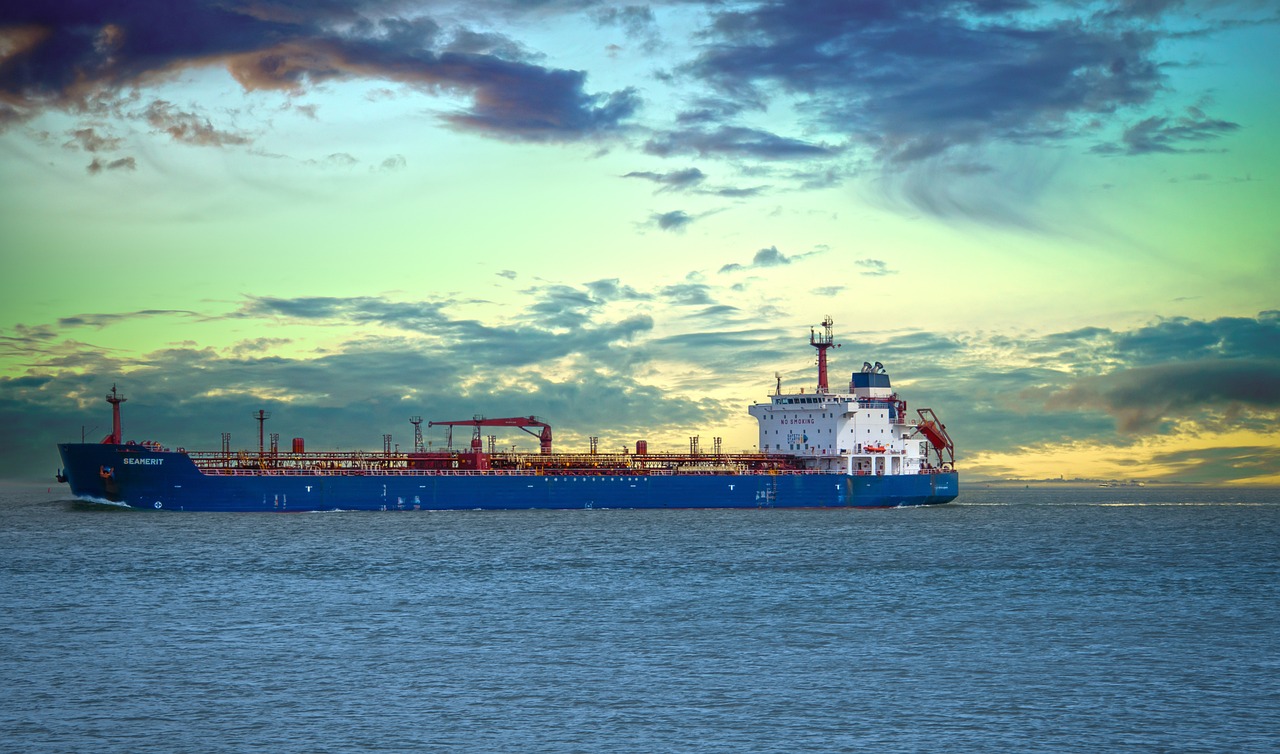January marked the third consecutive month where growth either accelerated or held steady, following December’s identical 14.2% gain and November’s 14.0% increase. Approximately two-thirds of these sixteen months showed double-digit percentage increases.
McCown directly challenges industry and media narratives suggesting that concerns about labor disruptions or tariff increases have prompted shippers to frontload inventory. “Claims that concerns about labor unrest and tariffs have resulted in front-loading simply are not supported by the actual inventory data,” McCown writes in his latest analysis.
Rather, McCown points to Census Bureau data showing US business inventories actually decreased by $4.5 billion (0.2%) in December to $2,584.3 billion, contradicting frontloading theories. The /sales ratio dropped to 1.35 from the 1.37 ratio maintained over the previous five months.
These trends suggest that the maritime industry is experiencing genuine demand growth rather than artificial tactical shifts, with current volumes comparable to peak pandemic levels, according to McCown.
He calculates that December’s inbound container value reached approximately $128.3 billion, with the inventory decrease representing just 3.5% of inbound loads – while volume increased by 14.2%. “Instead of confirming the anecdotal comments of front-end loading due to concern about possible macro events, the most relevant factual data shows that has not occurred,” he emphasizes.
January’s overall inbound volume reached 2,129,436 TEU, 5.1% higher than December and representing the fourth largest volume in the past 32 months.






